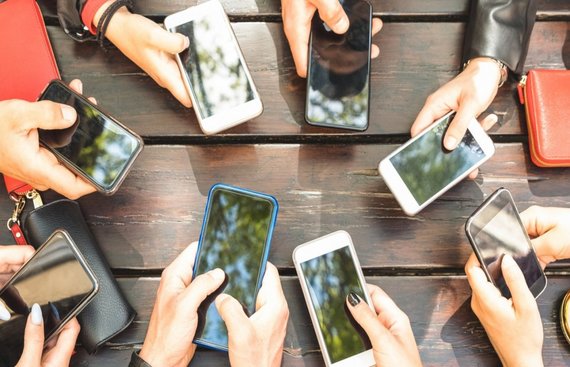The Smartphone War is Back. This time it's Services

We Indians are crazy about our smartphones. Holding the latest and most advanced smartphones are vogue and it gives a serious kick to us. Kunal Mahipal, CEO, Onsitego said, “There was a time when an average consumer would buy a mobile phone and use it for years. However, with the rampant advancement of technology and ever-increasing needs, consumers are directly or indirectly forced to keep upgrading to a new smartphone every two to three years. Some tech enthusiasts end up upgrading to a new smartphone every year, which means shelling out money frequently.”
By December 2019, India had over 502.2 million smartphone users. And many of us were planning to upgrade our gadgets, especially smartphones when COVID hit. This not just postponed our buying decisions but forced us to invest heavily on internet service providers. Even companies like IDC and Counterpoint Research had to revise their projections. IDC and Counterpoint Research estimated the sale of smartphones in India to be 140 million and 142 million respectively, which they later revised to 130 million and 137 million handsets respectively. This revision is the result of COVID-19, which is due to the recent spate of job and salary cuts ultimately shifting their buying decisions.
Increasing Smartphones, What Next?
But the good point is that the penetration of smartphones in India has been increasing by leaps and bounds. Indian Cellular and Electronics Association (ICEA) projected that the user base is expected to swell to 820 million by 2022. This means that smartphone will reach every nook and corner of the nation, far deeper into the rural areas. PM Modi’s Digital India initiative surely played a vital role as it had already created a digital wave in the country.
But with so many smartphones in the market, what next? According to a report from Deloitte, two out of three Indian consumers tend to switch to a new device every 10-12 months. Hence there will a rise in used smartphone market, which is predicted to rise to $4 billion by 2020, which will ultimately push the growth of re-commerce platforms and the demand for refurbished products.
Onsitego in its white paper cites that the average cost of smartphone repair ranges from 27 percent to as high as 41 percent of the device cost. This means that people have to bear additional cost or change their device more often while losing the re-sale value. Hence consumers want to buy extended warranty plans directly through after-sales services companies which offers them great re-sale value apart from the extended service assurance.
Moving further, the demand for data services has doubled in the past few months as most professionals are working from home. Though many industry bodies predict that this new work culture is the new normal and with few companies having plans to formalize it like forever, it seems work from home is here to stay at least for some time now. This means that data usage and screen time at home will continue to be on a rise. CISCO reported that India will witness more than a two-fold increase or a 64 percent hike in internet users by 2023.
Indeed, several telecommunication/ISP providers have fixed their infrastructure to address the growing need, but with more employees to continue to work from home, and growing internet user base, they still have to continue to work on fixing their infrastructure. And with the advent of 5G, an estimated 907 million users will have access to internet in the next couple of years (CISCO). This means that smartphone companies that lead this change (IoT ad 5G) will rule the roost.
With huge market opportunities lying ahead of the telecommunication/ISP and smartphone companies, let’s wait and watch how they mint it whilst providing the benefits to the consumers too.
